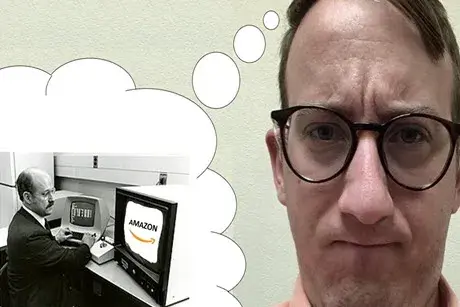Collection Development: What people think I do vs. what I actually do.

I think it is fair to say that most of you have never thought about what collection development is. Now that you are confronted with the issue you might picture a scenario where I am in front of a computer looking for law books on Amazon. At the most basic level this is true.
Part of collection development is knowing what to add to the collection. The library maintains a list of subject areas of interest to our curriculum and faculty research, with associated collection levels:
- Basic—We collect only the seminal works and survey materials at this level.
- Instructional—We collect basic materials and any other items required to support the needs of students in current courses in these areas (such as study aids).
- Research—We actively collect to support faculty scholarship in these areas.
- Comprehensive—We attempt to collect all publications in this area (currently only Rhode Island law is collected at this level).
In addition to collection level, we also consider the publisher, author, depth of legal treatment (whether the book’s focus is primarily legal instead of another subject with law minimally covered), if the item focuses on American law as opposed to law from foreign jurisdictions, price, etc.
We find new publications through several means. Most items we consider come from product lists distributed by publishers or resellers. I distribute these lists to the other librarians so they can have input into this process, as they may know more about a professor’s current research or new areas of law school interest. I also sometimes receive suggestions for items to add to the collection directly from law school community members and look at these suggestions using the same criteria. After the other librarians have commented, I review these lists and make choices in accordance with our collection priorities and our other criteria.
Once the decision is made to add the item to the collection, I will purchase the resource through one of several suppliers. I decide which supplier to use based on how fast I need the item and which offers the best deal on the item. Then I try to find a MARC record* for the item and upload this into our computer system as well as prepare any special handling instructions for the resource. When they arrive, the physical items are processed and given to the cataloger who reviews the catalog record for accuracy and discoverability. When we acquire electronic resources, they are set up for remote access before they are cataloged.
Once the resources are processed and cataloged, physical items are placed in the appropriate place in the library where members of the law school community can use them. Electronic resources are made available through links in the catalog and, when appropriate, in our Digital Resources A-Z list.
* MARC is the acronym for Machine-Readable Cataloging
Library Blog

